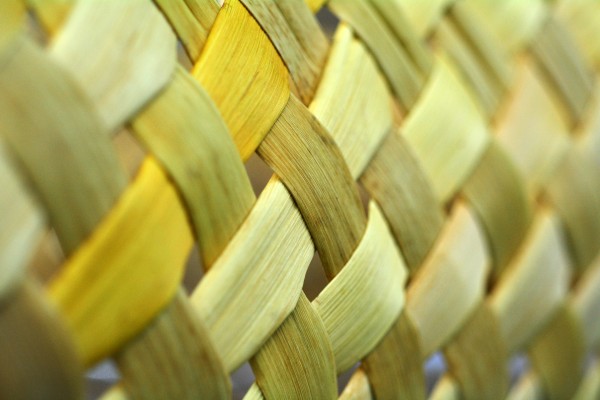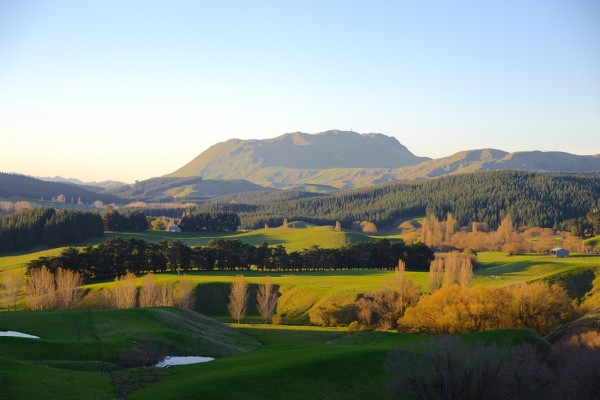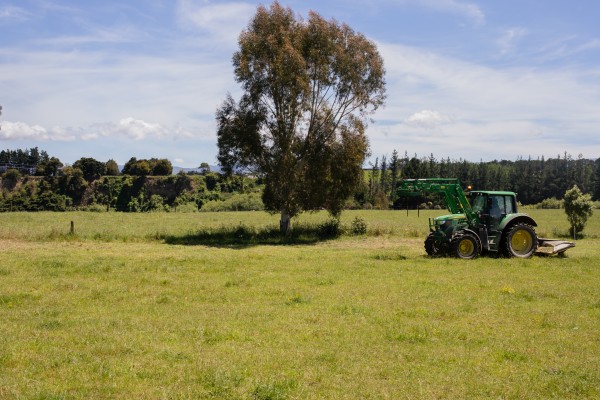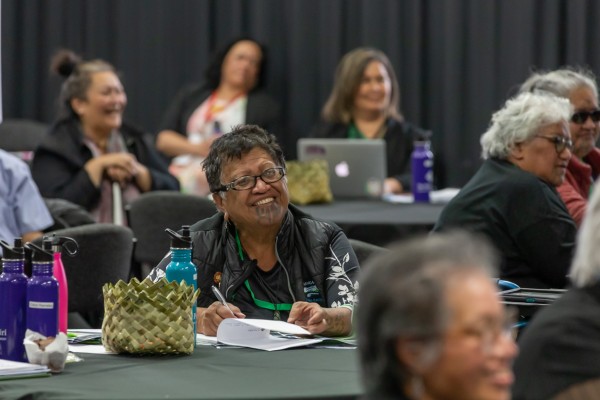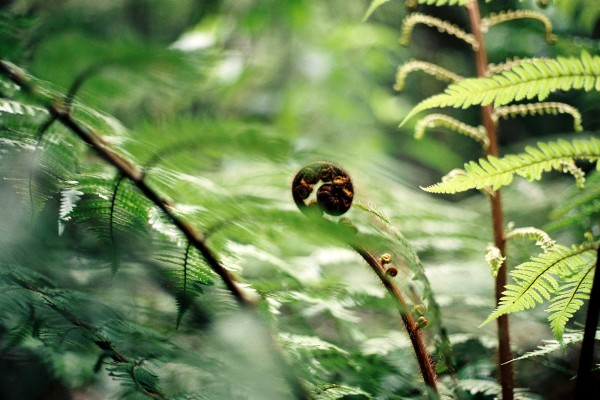Whenua is part of the identity of tangata whenua. It is tūrangawaewae – the place where we come from, the place we belong to, the place where we can stand.
Whatungarongaro te tangata toitū te whenua As people disappear from sight, the land remains

Before settlers arrived in Aotearoa New Zealand, tangata whenua cared for whenua as kaitiaki, or guardians, as hapū and whānau collectives. The way whenua was taken care of and how Māori lived on the land changed with the introduction of laws to allow for settler ownership.
As a result of those laws, tangata whenua were granted individual ownership of specific parcels of land or ‘interests’ in that whenua. Traditional whenua boundaries of hapū and whānau were changed and not all members were granted ownership. Individual land ownership made it easier for settlers to buy and sell land. However, it was in major conflict with the traditional ways of land occupation and guardianship for tangata whenua.
In 1993, the Te Ture Whenua Māori Act was introduced with the purpose of preventing the loss of any more Māori land – which currently makes up approximately 6% of all land in Aotearoa New Zealand.
Today, many Māori landowners continue to act as collective kaitiaki of their whenua, to honour and protect their land as taonga-tuku-iho.
Our role as Te Kooti Whenua Māori is to facilitate and promote the retention and use of Māori land, and support whānau to occupy, develop and use their whenua.
-
Ngā kupu ture Legal terms
There are many legal terms used in the Māori Land Court to describe land ownership. These terms have been created to be used in a legal context and may not reflect the cultural significance or connection between Māori and whenua.
-
Te uru hei kaipupuri whenua Becoming a landowner
Many landowner journeys begin when a whānau member passes away and their land interests or shares in an incorporation are transferred to their whānau members. Some people become landowners when land is gifted or transferred to them.
-
Te kimi i ō whenua Find your land
You can find information about your whenua and other Māori land from a variety of sources.
-
Te whakamahi i ō whenua Use your land
There are many ways Māori connect with and utilise whenua, depending on the economic, social, and cultural aspirations of the whānau for the whenua. The Māori Land Court, alongside our partner agencies, are here to support you and your whānau throughout your whenua journey.
-
Whakahaerehia ō whenua Manage your land
We can help you to set up trusts and incorporations to manage your whenua or hold land interests on behalf of your whānau.
-
Ngā wenewene mō te whenua Māori Disputes about Māori land
Disputes can delay whānau connecting to and using whenua. Whānau who agree to enter mediation to resolve disputes can do so out of court, pay no filing fee and can practice the tikanga of your whānau and hapū in that mediation.
Hei āwhina
Need help?

Nau mai, haere mai. Contact us through our new online portal, Pātaka Whenua, or by phone, email, or post.



